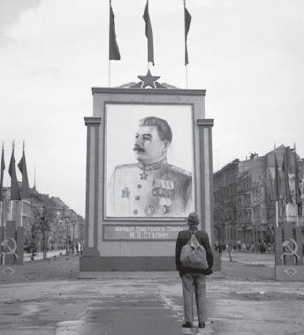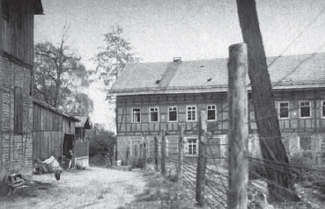
In 1980 I found myself in a newly organized long-range reconnaissance patrol company. After two years of training we were assigned to V Corps in Germany, although we remained in the United States. Our mission in the event of a Soviet invasion of West Germany (more correctly, the Federal Republic of Germany, or BRD) was to insert our 21 five-man reconnaissance teams inside East Germany (the German Democratic Republic, or DDR), establish ‘hides’ overlooking autobahns, and report the movements of the Soviet second operational echelon, the follow-on forces behind the initial assault. This required us to learn a great deal about conditions inside East Germany. Our teams would mostly be inserted and extracted by helicopter. But what if teams were unable to make contact with their pick-up? They would have to return to friendly lines on foot, which meant crossing the Intra-German Border (IGB) dividing East and West Germany. The IGB was designed to keep people inside East Germany.
The opinion of V Corps’ G2 staff was that, following a Soviet invasion, the IGB barriers would all have been pushed down by the masses of Soviet armour, and as a result the border would be unmanned. We began to investigate, and found this was far from likely. Soviet forces would penetrate into West Germany on the main highways; the border fence would remain in place, and the Frontier Troops (Grenztruppen) would continue to man it as a control line. This would prevent East German civilians from heading west, serve as a catch line for Warsaw Pact stragglers and deserters, and hamper the crosscountry infiltration and exfiltration of NATO special operations forces and downed air crewmen. We thus began an intense study of the IGB, and in the process I was able to visit it and find out how to penetrate it.

A German civilian looks at a vast painting of Stalin on the Unter-den-Linden in Berlin, 3 June 1945. (IWM BU 8572)
Almost everyone is familiar with the 206km-long Berlin Wall, often simply called ‘the Wall’ (die Mauer), which completely surrounded West Berlin. The city lay deep behind the border between East and West Germany, making West Berlin an island of democracy deep inside a totalitarian state. In contrast, few are aware of the equally well-sealed, 1,401km-long Intra-German Border between the DDR and BRD, which ran along the original 1945 demarcation line (Demarkationslinie) separating the three Western Allies’ occupation zones from the eastern Soviet Zone. The BRD called this the Intra-German Frontier (Innerdeutsche Grenze) or simply the Land Frontier (Landgrenze). In the DDR it was the German-German Frontier (Deutsch-Deutsche Grenze). With the exception of the Korean Demilitarized Zone, the IGB was the most heavily secured border in the world.

A former resident of the Soviet Zone reminisces while looking at her old home from which her family was evicted in 1952. They chose to flee to the West and live within view of their former home, which was left to deteriorate.

The demarcation line cut through the property of a miller at Neustate in Bavaria. He lost his home on the right to the Communist regime. His workshops were stranded in the West, and he had to build a new home. The old house was later torn down by the Communist authorities.